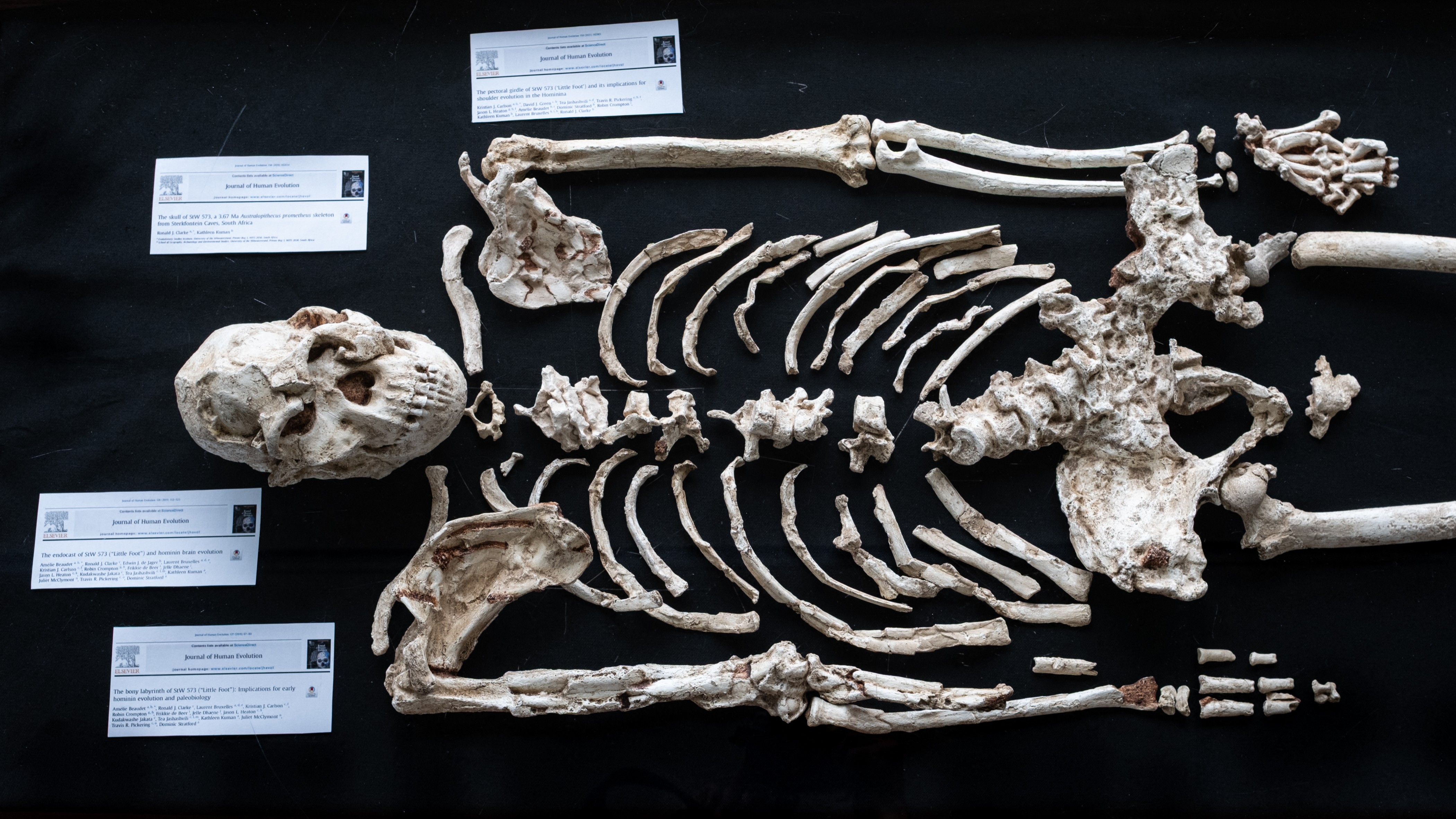Teen at Yellowstone suffers severe burns after ground breaks over scalding thermal pond
A 17-year-old badly burned his foot and ankle on Monday (July 28) while hiking off trail near the Lone Star Geyser, Yellowstone National Park representatives said.

A teenager hiking off trail at Yellowstone badly burned his foot and ankle on Monday (July 28) after breaking through a thin crust and landing in scalding water.
The incident took place in a thermal area near Lone Star Geyser, a 12-foot-tall (3.6 meters) cone formation southeast of Old Faithful that erupts jets of steam reaching 45 feet (14 m) high.
The ground is thin and breakable in this area and in others at Yellowstone due to hot water and steam weakening it from below. Thermal areas may appear walkable, but many of them have thin crusts that hide dangerous pools of scalding water or mud.
Emergency medical staff gave the 17-year-old hiker first aid before taking him to hospital for further treatment, Yellowstone National Park representatives wrote in a Facebook post. The incident, which was the first reported thermal injury at Yellowstone this year, is now under investigation, they wrote.
Similar accidents have happened in the past when visitors ventured away from designated paths. The last incident before Monday's was in September 2024, when a 60-year-old woman walking off trail near the Mallard Lake trailhead suffered second and third-degree burns to her left leg after she broke the ground's thin crust.
Related: We finally know where the Yellowstone volcano will erupt next
"Boardwalks and trails protect visitors and delicate thermal formations," the representatives wrote on Facebook. "Water in hot springs can cause severe or fatal burns, and scalding water underlies most of the thin, breakable crust around hot springs."
Get the world’s most fascinating discoveries delivered straight to your inbox.

Not only do water and steam at Yellowstone reach boiling temperatures due to the underlying volcano, but they can also be extremely acidic, according to the American Chemical Society (ACS).
That's because water circulating beneath the national park dissolves and collects various volcano-related substances, such as hydrogen sulfide and carbon dioxide. Some microbes can convert these substances into other chemicals that alter the water's pH. For example, hydrogen sulfide can turn into sulfuric acid, which is highly corrosive.
"It's crucial to heed warnings and stay on trails at Yellowstone, because you can't tell which pools are deadly hot just by looking at them," the ACS stated.
Around 20 people have died since the late 1800s from burns they suffered after deliberately entering or accidentally falling into hot springs at Yellowstone.

Sascha is a U.K.-based staff writer at Live Science. She holds a bachelor’s degree in biology from the University of Southampton in England and a master’s degree in science communication from Imperial College London. Her work has appeared in The Guardian and the health website Zoe. Besides writing, she enjoys playing tennis, bread-making and browsing second-hand shops for hidden gems.
You must confirm your public display name before commenting
Please logout and then login again, you will then be prompted to enter your display name.


